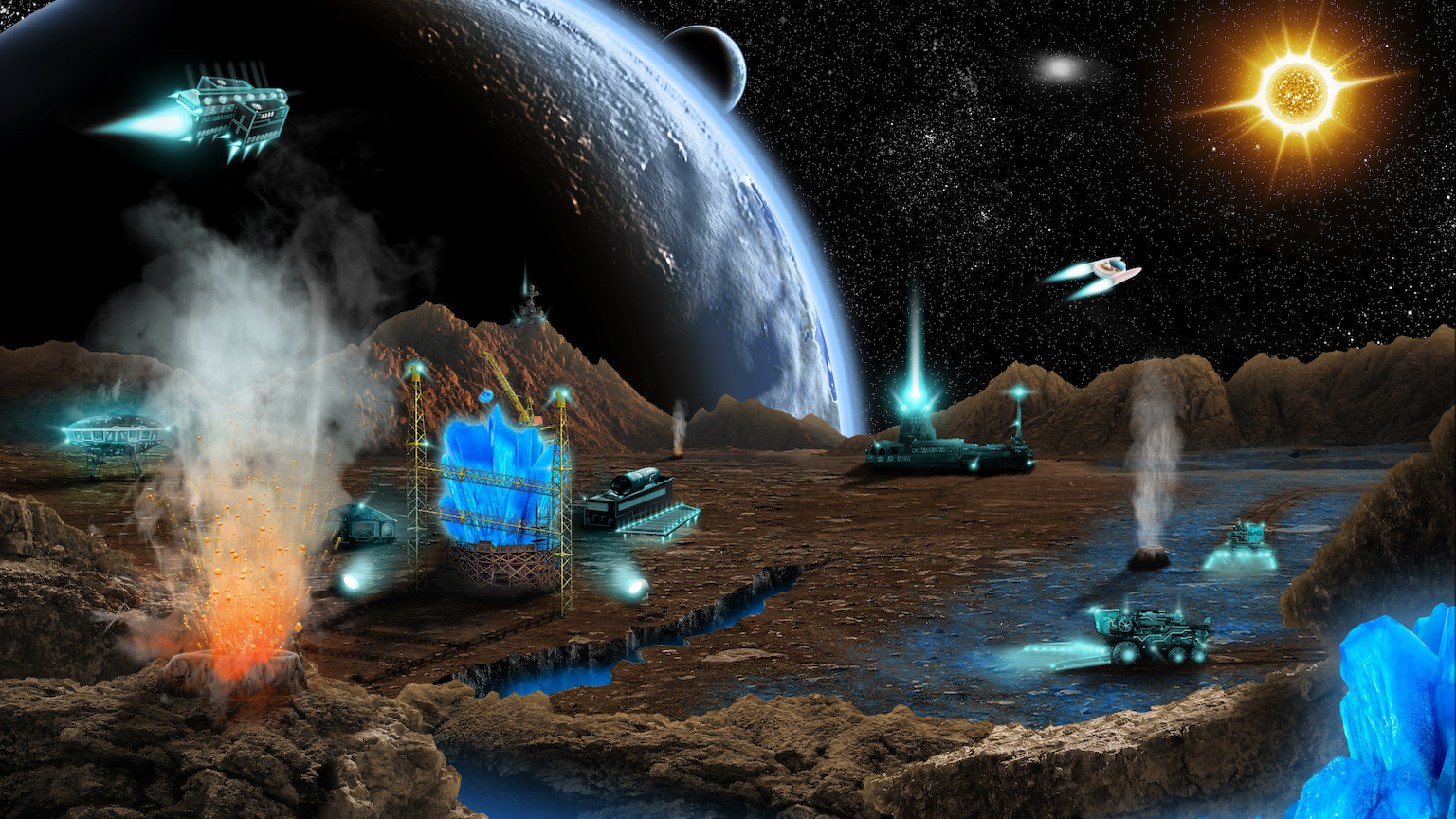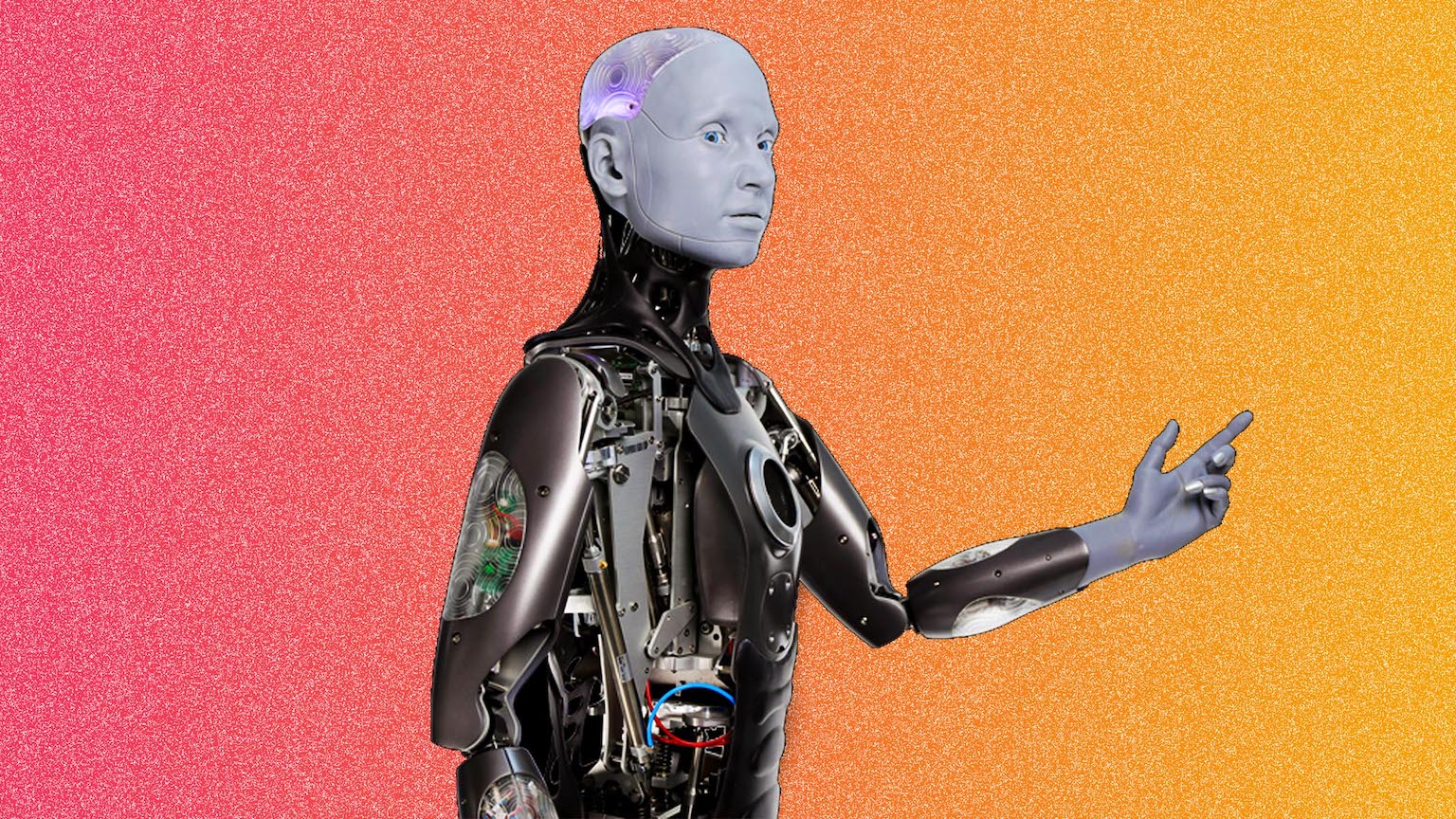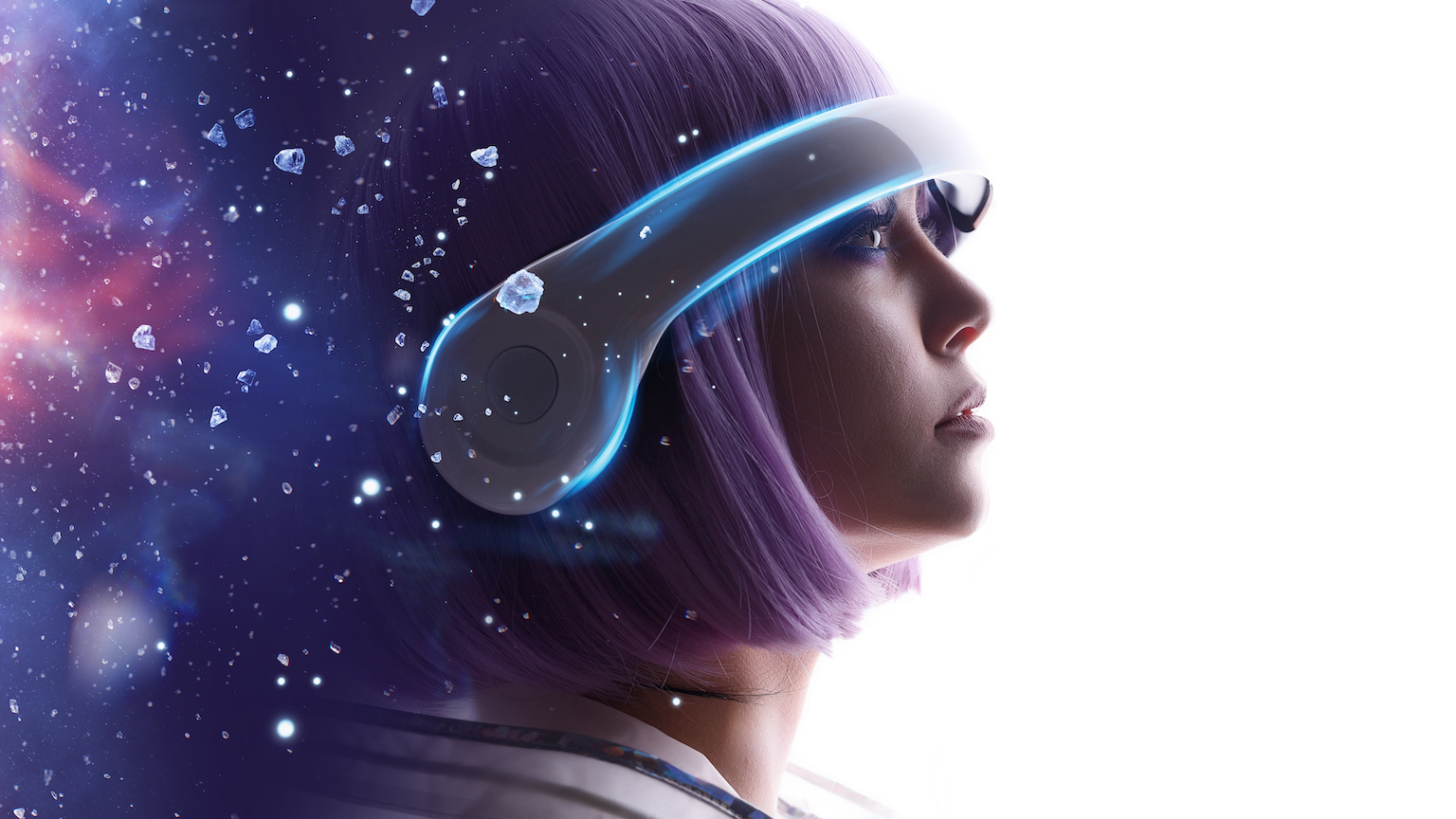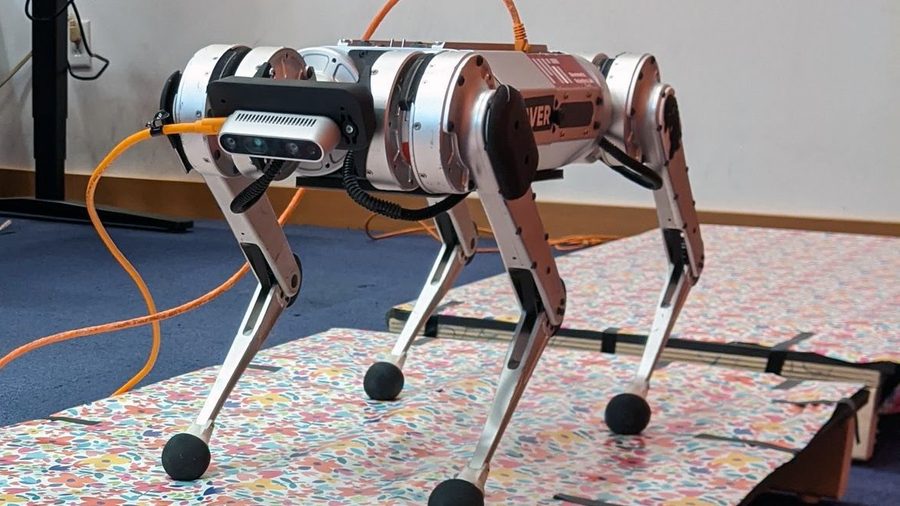The Future
All Stories
Researchers have created a method to help workers collaborate with artificial intelligence systems.
With this unique opportunity to create a totally new world, why does the metaverse already feature such old-world concepts?
Space planes could radically lower the cost of spaceflight.
This flying car — more properly called an “electric vertical takeoff and landing (eVTOL) vehicle”
— will seat five and fly up to 135 mph.
The book “The Genesis Machine” outlines the promise and peril of synthetic biology, a powerful tool that will allow us to program life like a computer.
It is often assumed that AI will become so advanced that the technology will be able to do anything. In reality, there are limits.
Can space ever be safe? What about the metaverse?
It’s no longer just VR vs. AR. There is an alphabet soup of metaverse acronyms, often used imprecisely. So, what do they all mean?
The massive craft could carry 100 humans to Mars and revolutionize space exploration.
Coupled with 3D printing, biomining the Moon or Mars with microbes could sustain human colonies without constant re-supply from Earth.
The Virtual Metaverse will be for gaming and other short duration uses, while the Augmented Metaverse will revolutionize society.
A new “common-sense” approach to computer vision enables artificial intelligence that interprets scenes more accurately than other systems do.
One day, we could fly across the U.S. in half an hour. A state-of-the-art hypersonic flight testing facility at UTSA could help make that dream a reality.
A century ago, electric cars were common. The fact that they were almost entirely replaced due to the internal combustion engine is a testament to the glacial pace of battery breakthroughs.
Steel tires may be better for the planet and could replace rubber.
Humanoid robots are coming, and Ameca is designed to be the ideal platform to study human-robot interactions.
Whether NASA likes it or not, humans eventually will be having space sex.
Digital currencies are set to upend paper currencies, but it likely won’t be the decentralized utopia some hope it will be.
The AI remembers that you are 32 years old and like to eat sushi, except on Thursdays.
The metaverse has the potential to be revolutionary, for both good and bad. Here is how we can maximize the former and prevent the latter.
Drones have a lot to learn from the landing abilities of birds.
SpinLaunch’s launcher, which is larger than the Statue of Liberty and works like the Olympic hammer-throw event, just came online in the New Mexico desert.
Between fake vaccine passports and targeted supply chain attacks, things are only getting more risky.
A recent study overviews the thinnest X-ray detector ever created.
Are we really only a moment away from “The Singularity,” a technological epoch that will usher in a new era in human evolution?
A new control system, demonstrated using MIT’s robotic mini cheetah, enables four-legged robots to jump across uneven terrain in real-time.
A report from MIT outlines a six-point plan to usher in a new age of nuclear power.
Are hardened wood knives and nails coming to a store near you?





























